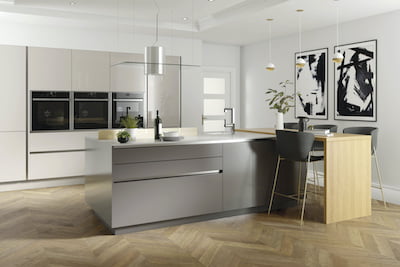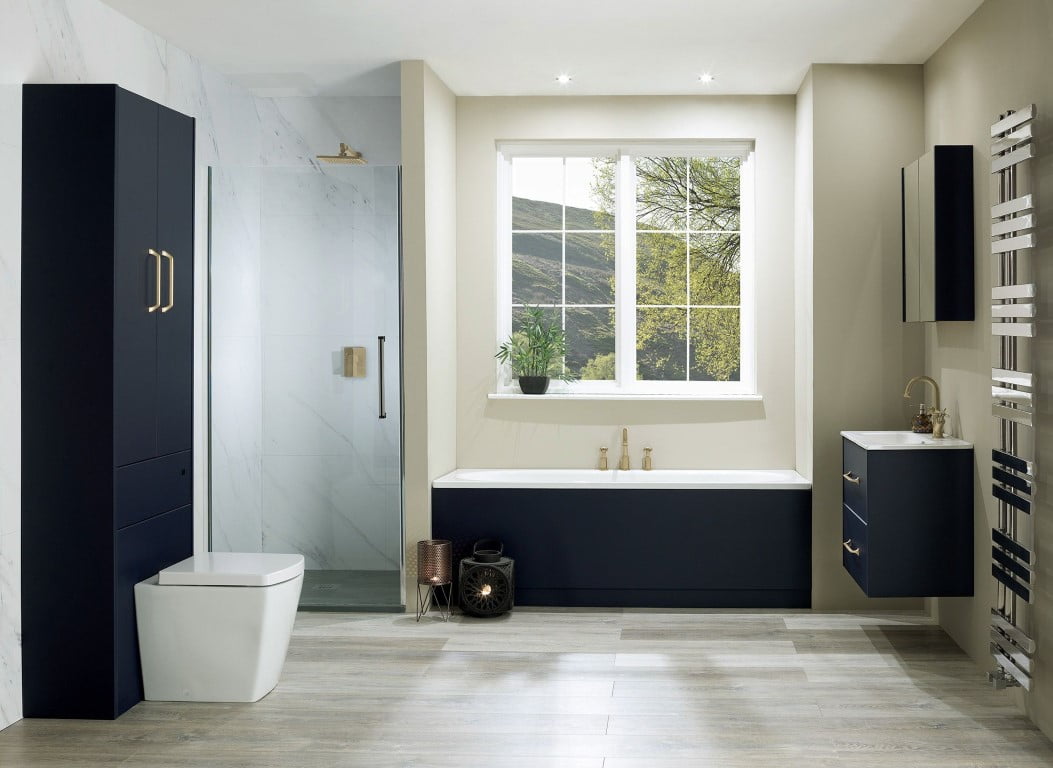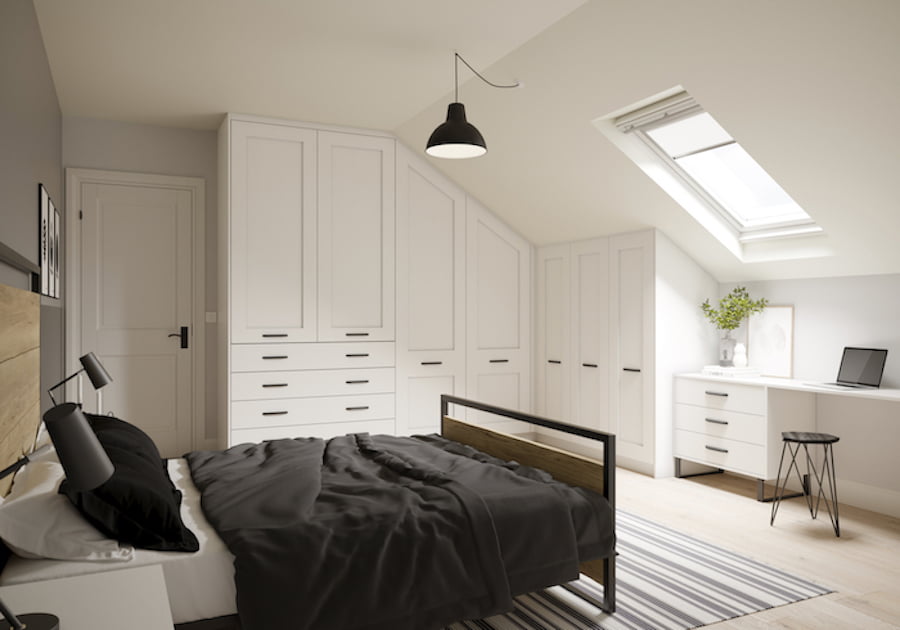When designing your new kitchen, it could be a good idea to add some natural materials, like wood or stone. These can add warmth and charm to a contemporary or traditional kitchen, while also being essential for capturing the essence of a rustic or country kitchen. But how can natural materials be included in your kitchen design? And what are the considerations for using natural materials in your kitchen? Well, here at Homematas, we are Preston’s leading kitchen design professionals. As a result, we have produced this guide to everything you should know about kitchen design and natural materials.
Adding natural materials to your kitchen
It is easier than you might think to add natural materials to your kitchen. You could consider:
- stone floors
- wooden cabinets
- hardwood or stone worktops
- hardwood flooring or stone flooring or timber or stone effect tiling
- wooden or metal cabinet handles
Considerations for using natural materials in your kitchen
So, when adding natural materials to your kitchen, what are the important considerations to bear in mind? Well, there are several, including:
- Colours and tones- its important to choose natural materials in colours and tones that match your kitchen design scheme. For example, greys and creams can be more effective than browns and beiges, for contemporary kitchens. While traditional kitchens will benefit from brown and beige natural tones. You should also make sure all of your natural materials are similar in tone and colour, to avoid areas of sharp contrast.
- Practicality- natural materials like stone and timber are not naturally waterproof, and they can be difficult to maintain in a kitchen environment. For worktops and flooring, timber and stone effect materials can be a good option. These are designed to look exactly like the real natural element, but are much easier to maintain, as well as being more robust and durable.
For more information or advice, get in touch with the team today, here at Homematas.








